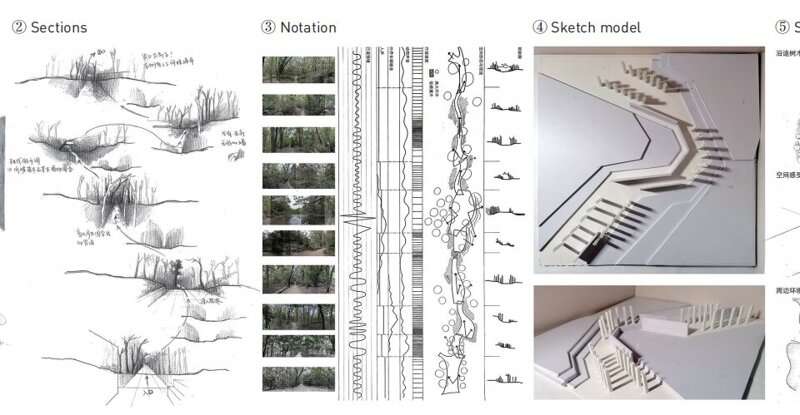Space-based landscape site perception: Teaching principles and methods for the basic course of landscape architecture

Replacing abstract form-making training with the perception of landscape site has been an important trend in the basic course of landscape architecture.
An article titled "Space-based Landscape Site Perception: Teaching Principles and Methods for the Basic Course of Landscape Architecture" was published on the journal of Landscape Architecture Frontiers.
Based on theoretical research and the authors' teaching practice, this article aims to explore the significance, objects, and methods of site perception training.
The authors argue that because landscape design is stemmed from the perception and interpretation of site characteristics, experiencing landscape sites must precede form-making training to become the foundation of design learning. Human-scale spaces that concern elements, structure, processes, and feelings for perception, representation, and design would be a suitable object of focus and the starting point for site perception training in basic courses.
Five methods for landscape site perception and representation are introduced then, including sketch of space, sequential sections, notation, sketch model, and spatial structure mapping. These methods provide a visualized and operable pathway for site perception, which also involve preliminary design training, offering a reference for the teaching of site perception in basic courses of landscape architecture.
More information:
Jingyi Liu et al, Space-based Landscape Site Perception: Teaching Principles and Methods for the Basic Course of Landscape Architecture, Landscape Architecture Frontiers (2023). DOI:10.15302/J-LAF-0-030007
Provided by Higher Education Press